The entire month of April is wrapped in spring. With March madness behind us and the merriment of May ahead, many feel the need to stop and appreciate our gardens in April (or at least I do). The month of April is full of tulips, daffodils, Virginia bluebells, Yoshino cherry and crabapple blossoms, flowering dogwood, candy tuff, azaleas, creeping phlox and more.
Everyone is a gardener in springtime.
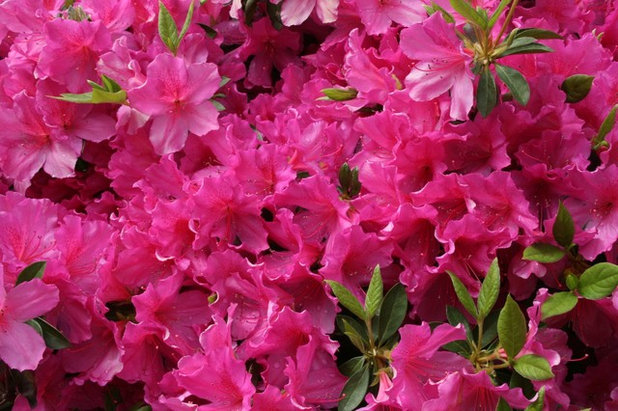
Gardening with Confidence®
Prune azaleas. The time to prune your azaleas is just after they bloom. If you wait too long, you will cut off next year’s bloom. Same with your forsythia. Prune soon after flowering to shape or manage the size.

McDugald-Steele
Enjoy southern magnolias. It is normal to see a large amount of southern magnolia
(Magnolia grandiflora) leaves shedding beginning this month. Some find this messy, but if you leave the magnolia to grow naturally, and not cut the limbs, the leaves will fall within the drip line and hide under the tree's skirt.
In the old days, encouraging southern magnolias to have a ground-touching skirt was helped along by weighing the lower branches down with rope and bricks. A skirt on the tree hides the leaves and makes the tree very stately from the ground up. Once the limbs are cut, there is no going back.
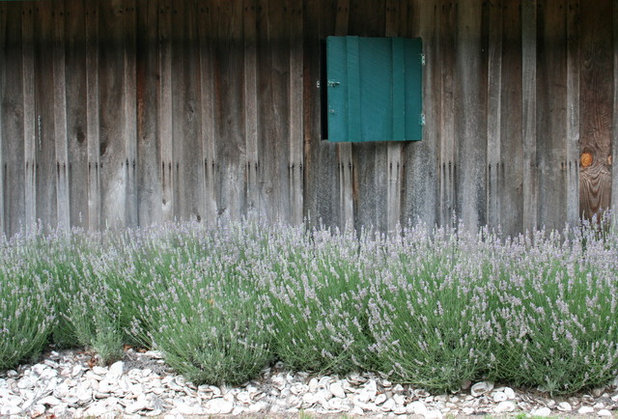
Gardening with Confidence®
Plant annual herbs such as
basil after the season's final frost. Biannuals such as
parsley and perennial herbs such as
rosemary, chives, thyme and
mint can all be planted now.
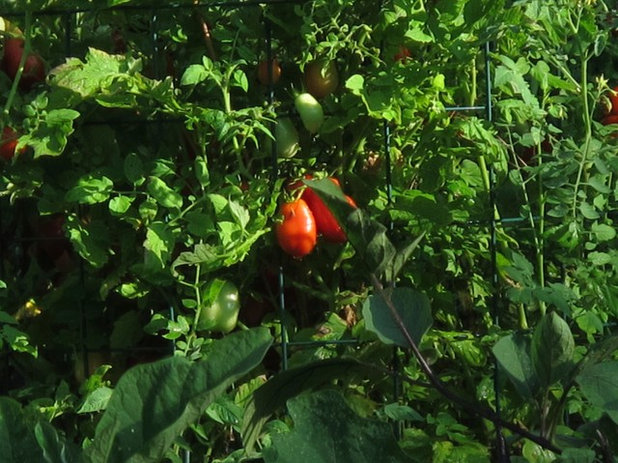
Gardening with Confidence®
Plant tomatoes. If you are planning to preserve tomatoes, plant determinate bush types. Determinate tomatoes will fruit and ripen all at once (within a week or so).
If you want to enjoy vine-ripened tomatoes all summer through frost, plant indeterminate tomatoes.
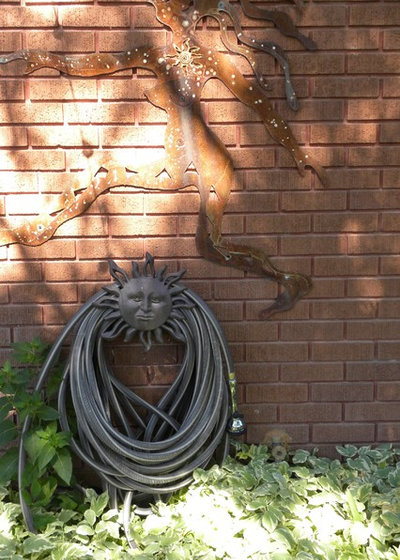
Sarah Greenman
Water wisely. Being
water wise doesn't mean never watering. It means watering wisely. Plants need water on a regular basis the first weeks after planting or transplanting, and during development — even those that are drought tolerant.
I have my garden beds divided into watering zones: oasis, transitional and xeric.
- The oasis zone is for thirstier plants; it's located near a water source.
- The transitional zone is for plants that need occasional watering, particularly during times of drought, and is located a hose-draggable distance from the water source.
- The xeric zone is for plants that need no supplemental water. These plants are never watered once they are established.
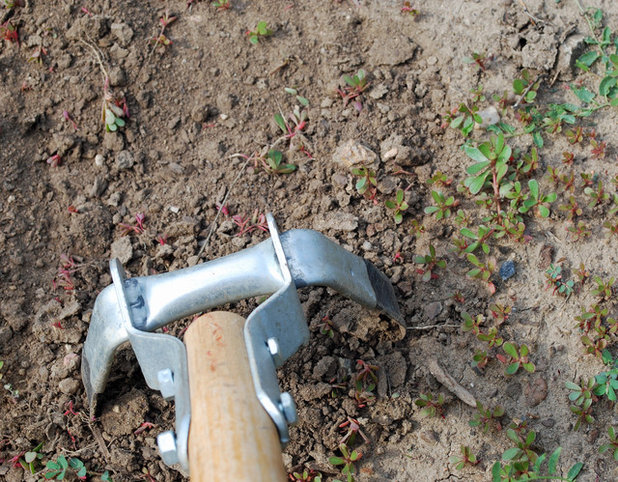
Jocelyn H. Chilvers
Employ sustainable practices. A sharpened hoe is your best friend in a sustainable garden. Put your chemicals away and hoe your weeds. It's good exercise and better for the environment.
Read more ways to naturally tackle weeds
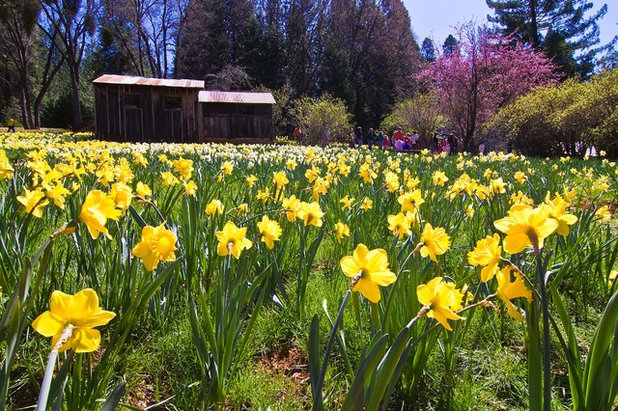
ca.myphotoscout.com
Transplant bulbs. If you forced paper white narcissus indoors over the holidays using a soil-based medium, you can plant it outdoors now for years of enjoyment. If you forced it in the absence of soil, it's spent — compost it.
I know it drives you crazy to see the fading leaves of daffodils; take a deep breath and put those clippers away. Yes, it really is necessary to keep the yellowing foliage as long as possible; the leaves are needed to collect food for next year's nourishment.
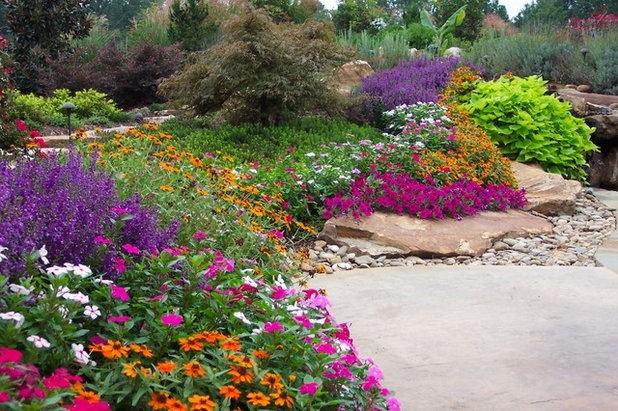
jenny_hardgrave
Plant annuals after the frost. Wait until after the last frost before planting tender annuals such as impatiens and petunias. The National Climatic Data Center can help you determine your region's last frost date.
Don’t be in a rush to plant; garden centers often stock summer annuals and tender perennials well before planting time. Know when it’s safe to plant tender annuals.
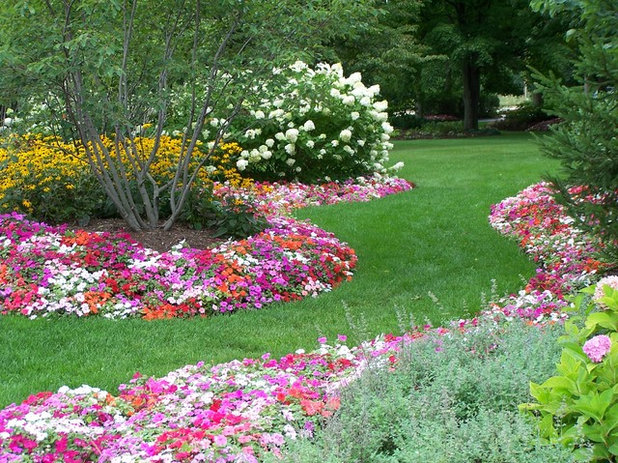
Doering Landscape Company
Watch for mildew. Problems with your impatiens last year? Impatiens downy mildew
(Plasmopara obducens) has become a problem for East Coast gardeners. There have been reports of entire beds dying in weeks.
Here’s what to look for:
- The foliage turns pale green or yellow, and a whitish growth appears on the underside of the leaves.
- The edges of the leaves will also curl downward.
Sadly, there isn’t much that can be done. The best defense is to stay aware; if you suspect your impatiens are infected, remove them along with all debris in the area. Don’t plant impatiens in that bed again for several years.
More regional gardening guides





